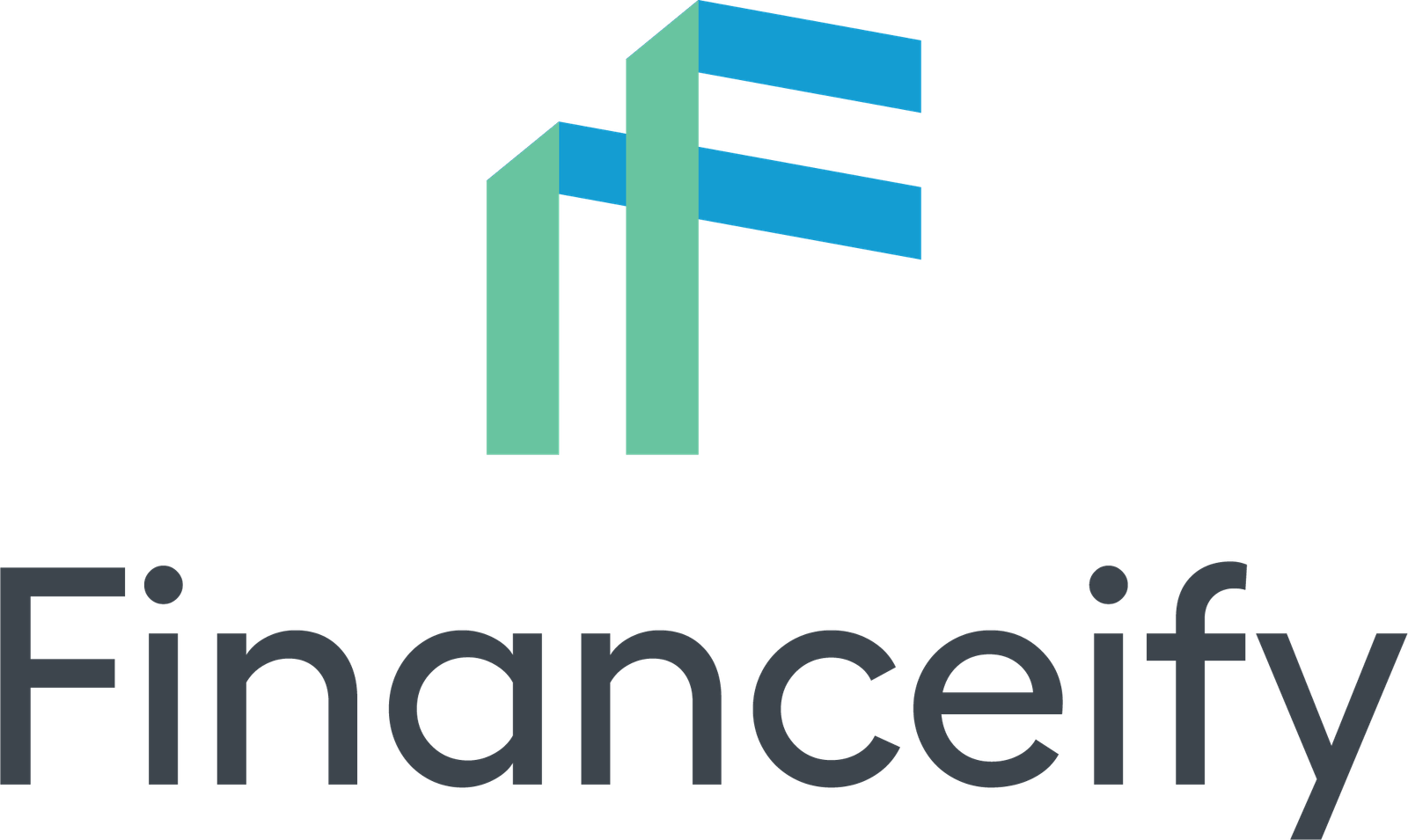Years ago, I did some research for Ratehub that showed Canadians are more likely to keep the identical checking account for an extended, very long time. Keeping an account open for 20 years or more was normal – regardless that people also believed they might get a greater deal in the event that they switched banks.
My research didn’t get into why people stayed loyal to their bank, but my suspicion lies with two reasons. Either they consider that their loyalty as a chequing account customer will earn them favourable rates on other products with the bank, or they think the hassle of switching banks isn’t price it.
The primary assumption is fake. For probably the most part, a longstanding relationship with a bank is not going to get you the most effective deal on a mortgage – a mortgage broker will.
But what concerning the second? How hard is it to change banks?
Why switch banks in the primary place?
In the event you’ve been with the identical bank for greater than a number of years, it’s an excellent idea to see what else is on the market. Your needs change over time; so do banking products. The account you selected a decade ago could have been the most effective for you then, nevertheless it won’t be the most effective now.
- You could possibly be paying for services you don’t use or need
- Are you paying a la carte for services that you might get included?
- Potentially paying a hefty monthly fee for a premium account when a no-fee chequing account would suit you only fantastic.
In the event you’re paying $30 per thirty days on your chequing account, you might save $360 per 12 months by switching to a no-fee option.
How hard is it to change banks?
The actual work of switching banks is just not that onerous. All you want to do is compare chequing accounts online, open an account, and update the banking information on all of your pre-authorized transactions.
The primary job is the fun part. Compare chequing accounts online and find the account that’s best for you. Consider how you utilize your checking account, what form of transactions you make, and what features you wish. When you’ve decided, you possibly can apply to open an account, which may take a number of days, because of identity verification rules. You may additionally have to make a small initial deposit to get the account going.
Once your latest account is open, your next task is to maneuver over all of your pre-authorized transactions. That features any income paid by direct deposit (payroll being one example) and any automatic bill payments.
After all the things is moved over, you possibly can go ahead and shut your old account. Unlike cancelling your mobile phone plan, this must be relatively painless. In a transient phone call, or potentially a visit to the branch, your old bank will ensure all the things is square between you (you’ve paid them anything you owe, and your balance is returned to you) and shut the account.
The true work of switching banks in Canada: managing a high-stakes balancing act
While not as easy because it could possibly be, the work involved with switching banks may be thoroughly price it to save lots of big on banking fees. Unfortunately, it will possibly even be a high-pressure job, because of unclear timelines and the potential for expensive penalties.
In Canada, there’s no automated service that handles the minutia of adjusting banks. It’s as much as you to contact all the businesses you’re employed with to make sure your pre-authorized transactions are updated to reflect your latest checking account. To complicate matters, these changes can typically take 10 to fifteen business days to use – but during that notice period, you possibly can’t be 100% sure of which account a transaction might be applied to.
This creates a fragile balancing act with expensive penalties for letting things wobble. In case your checking account doesn’t have enough funds to cover a pre-authorized bill payment, you possibly can be charged an NSF fee of $45 or more. Billing firms often have similar fees for dishonoured payments, meaning you possibly can literally be charged $100 for the crime of not having enough money in your account.
Take control to ease your workload
Since the stakes may be high, the work involved in switching banks is made way more complicated than it must be. There are a number of things you possibly can do to take control of the situation and ease your transition.
Be prepared
Start by getting an entire list of all of the pre-authorized transactions you want to move. Don’t forget those that occur irregularly, like annual subscriptions. Having a plan in place will reduce the variety of “uh oh” moments that occur after you think that you’re done making the switch.
Use a bank card to smooth the transition
Even in the event you don’t wish to use your bank card often, it will possibly turn out to be useful when switching bank accounts. You possibly can start by moving all of your pre-authorized bill payments over to the bank card and make the most of the cardboard’s interest-free grace period to pay those bills a bit later than you ordinarily would. After you’ve moved your payroll to your latest checking account, you possibly can move your bill payments there and shut the bank card.
This strategy is unlikely to have a major effect in your credit rating, and you might even earn money back rewards or points for using a bank card to pay your bills. You may even find that you just enjoy having a bit more flexibility along with your payments and proceed using your bank card over the long run.
Make the phone your friend
When money is tight, and there’s no room for error, you possibly can save yourself some big headaches by picking up the phone. Contact your payroll company and discover which account your next paycheque might be deposited to. Call the businesses you’ve gotten pre-authorized bill payments with and do the identical. You might give you the option to make special arrangements for a single billing period to ensure there are not any interruptions.
Is it really price it to change banks?
The banking system in Canada isn’t set as much as make it easy to change banks. However the headache may be price it, especially in the event you’re switching from a premium checking account with a hefty monthly fee to a no-fee option. You possibly can save a whole lot of dollars per 12 months and get a banking package that’s higher suited to your needs at the identical time.
The underside line
Make the job of switching banks easier by being prepared. Take careful stock of all of the pre-authorized transactions you want to update, use a bank card (even temporarily) to avoid expensive NSF charges, and use the phone to make sure when all of the changes involved might be made.


